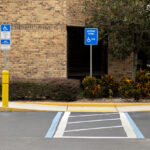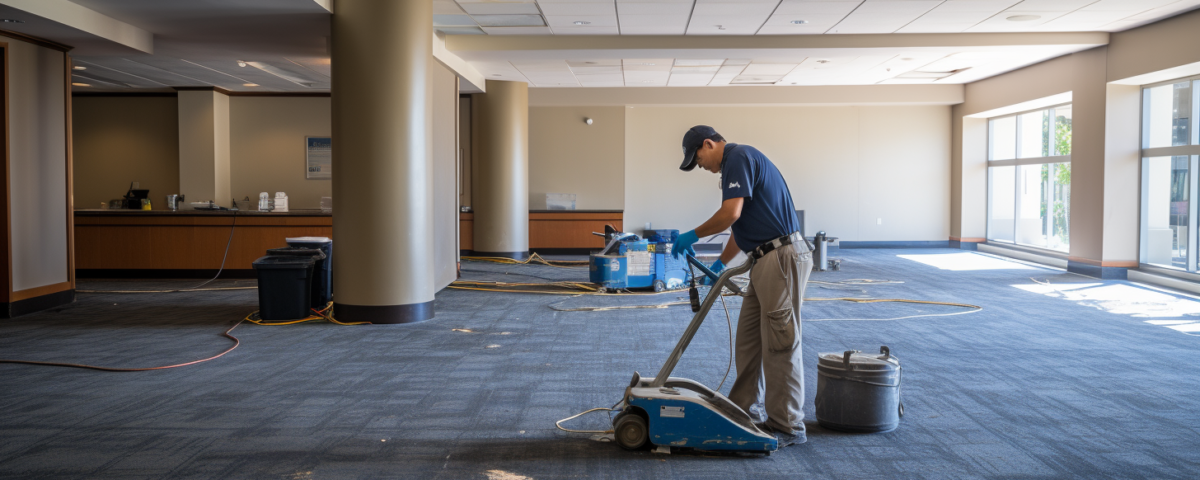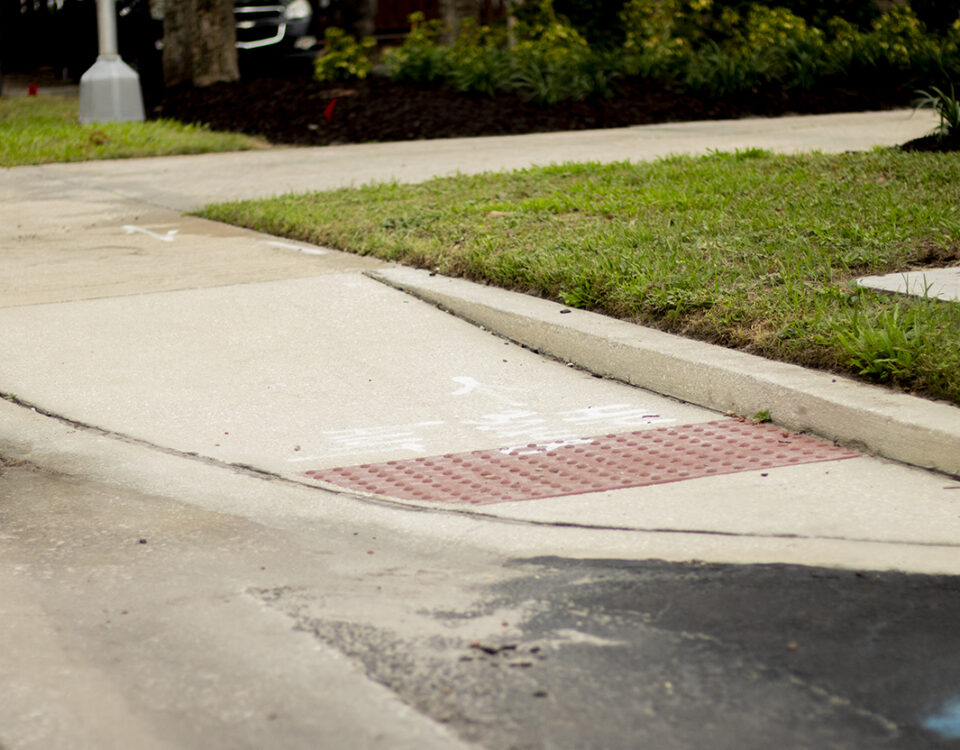Facilitating Accessibility: Installing Vehicle Hand Controls for ADA Compliance
May 12, 2023
Creating designated accessible parking spaces
May 30, 2023
High-pile carpeting, once favored for its luxurious feel and aesthetic appeal, has become a significant obstacle to accessibility in many public spaces and businesses. As part of efforts to comply with the Americans with Disabilities Act (ADA), removing high-pile carpeting has emerged as a crucial step in ensuring equal access for individuals with disabilities.
High-pile carpets, with their long, soft fibers, may provide a cozy ambiance, but they pose considerable challenges for those with mobility impairments. Navigating across these carpets can be arduous, especially for individuals using wheelchairs, walkers, or canes. The increased resistance and uneven surface of high-pile carpets impede smooth movement, leading to difficulties and, in some cases, accidents or falls. Furthermore, high-pile carpeting presents challenges for individuals with sensory sensitivities. For those on the autism spectrum or with visual impairments, the deep texture and irregularity of high-pile carpets can be disorienting or uncomfortable, affecting their ability to navigate with confidence and independence.
Under the ADA, businesses and public facilities are mandated to remove architectural barriers that hinder accessibility for individuals with disabilities. High-pile carpeting falls under this category of barriers, and its removal is considered essential for achieving ADA compliance. By removing high-pile carpeting, businesses and facilities can significantly enhance accessibility and safety for all patrons and visitors. Smooth, even flooring surfaces replace the cumbersome obstacles posed by high-pile carpets, facilitating easier movement for individuals with mobility aids. This promotes independence and inclusivity, enabling everyone to participate fully in activities and services.
Beyond the practical benefits, removing high-pile carpeting demonstrates a commitment to ADA regulations and accessibility standards. It signifies a proactive approach to creating welcoming and inclusive environments, where individuals with disabilities are valued and accommodated. Compliance with ADA requirements not only fulfills legal obligations but also fosters positive public perception, enhancing reputation and trust within the community.
Replacing high-pile carpeting with alternative flooring options offers aesthetic and functional improvements as well. Low-pile carpeting, hardwood, laminate, vinyl, or tile provide durable, easy-to-maintain surfaces that contribute to the overall appearance and functionality of a space. Additionally, these flooring options offer long-term cost savings in maintenance and upkeep, making them a practical investment for businesses and facilities.
When considering the removal of high-pile carpeting, several factors come into play. Alternative flooring options must be carefully chosen to ensure durability, ease of maintenance, and improved accessibility. Professional installation may be necessary to achieve optimal results and minimize potential hazards.
Budget considerations are also crucial, as the upfront costs of removing high-pile carpeting may seem daunting. However, when weighed against the long-term benefits in terms of accessibility, safety, and compliance, the investment becomes justified. Businesses and facilities should view the removal of high-pile carpeting as a worthwhile endeavor that aligns with their commitment to equality and inclusivity. Timing and disruption are additional considerations when planning the removal process. Businesses must communicate effectively with stakeholders, employees, and patrons to manage expectations and minimize inconvenience. Strategic planning and coordination are essential to ensure a smooth transition and minimal disruption to operations or facility use.
Ultimately, removing high-pile carpeting as part of ADA-mandated barrier removal initiatives is a proactive step toward creating more inclusive and accessible environments. It reflects a dedication to equality, safety, and inclusivity, values that are central to the spirit of the ADA. By prioritizing accessibility, businesses and facilities contribute to a society where everyone, regardless of ability, can participate fully and without barriers.




